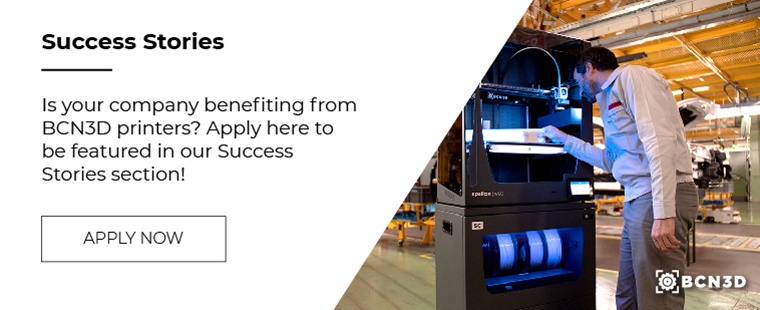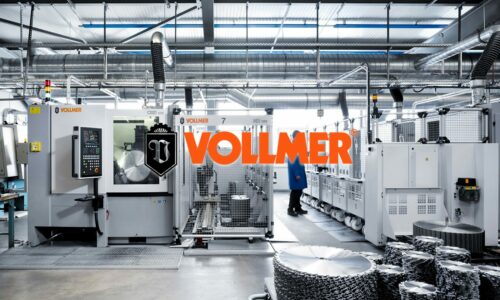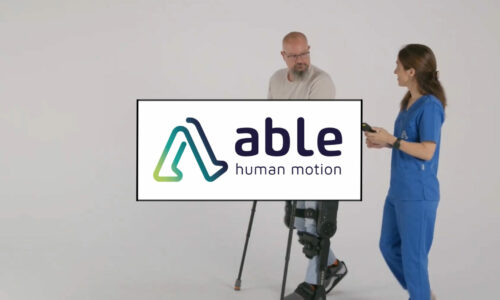3D printed designs to make you think at the Design Does* exhibition
The Domestic Data Streamers team used BCN3D Sigma and Sigmax 3D printers to produce several pieces that can currently be found at the Design Does* exhibition at the Design Museum of Barcelona.
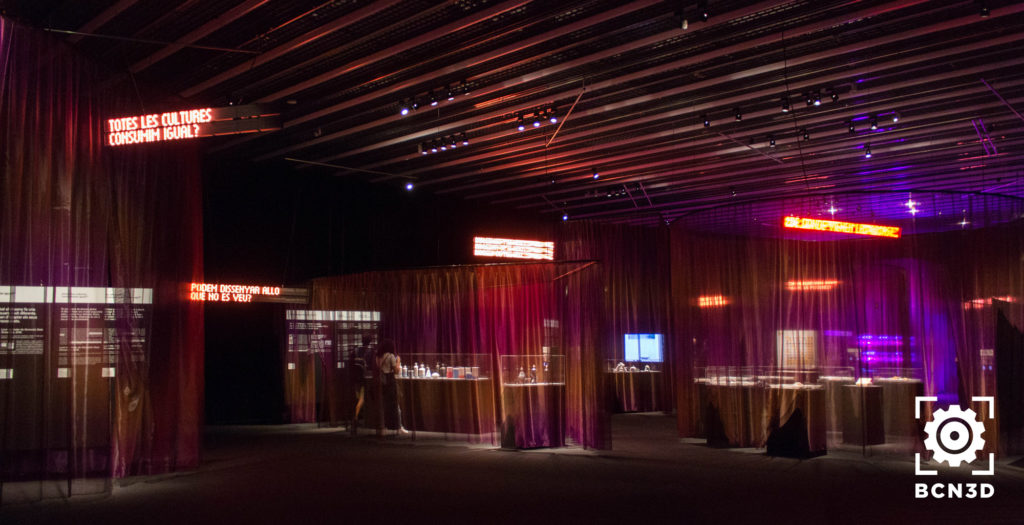
Design Does* is a co-production between the Museu del Disseny de Barcelona and ELISAVA, in collaboration with Domestic Data Streamers. And what’s the purpose of the exhibition, you ask? Well, it’s a research project to generate knowledge in groups by questioning the current use of design, by reflecting on its advantages and occasional drawbacks. Therefore, it is aiming to define future challenges to the industry, and poses the question of what role the designer plays in society.
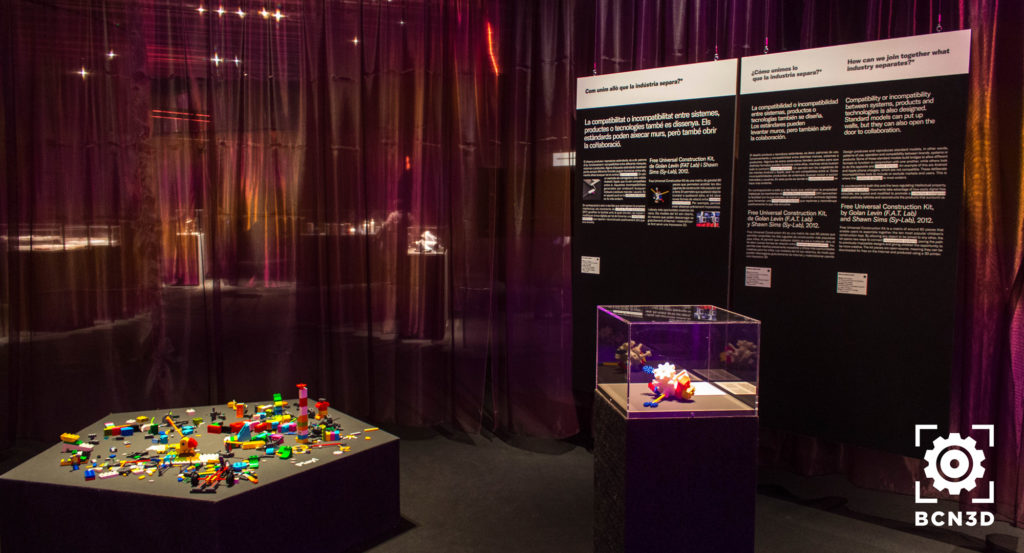
An unconventional approach
Could we live without plastic?
Does design pose moral challenges?
How do we join together what the industry separates?
Could we design something we cannot see?
These are just a few of the 15 questions linked to current events that visitors to the exhibition will encounter, and which will be represented by 15 projects developed by renowned designers from around the world.
The exhibition is a dynamic initiative that generates knowledge and breaks away from standard exhibition structures. It places visitors in a key-role position, requiring them to reflect and turning them into an active component to generate new content.
With its strong technological focus, Design Does* encourages interaction with visitors, who can participate in the exhibit by responding to the questions asked of them. Their answers will be stored on a card to research public opinion.
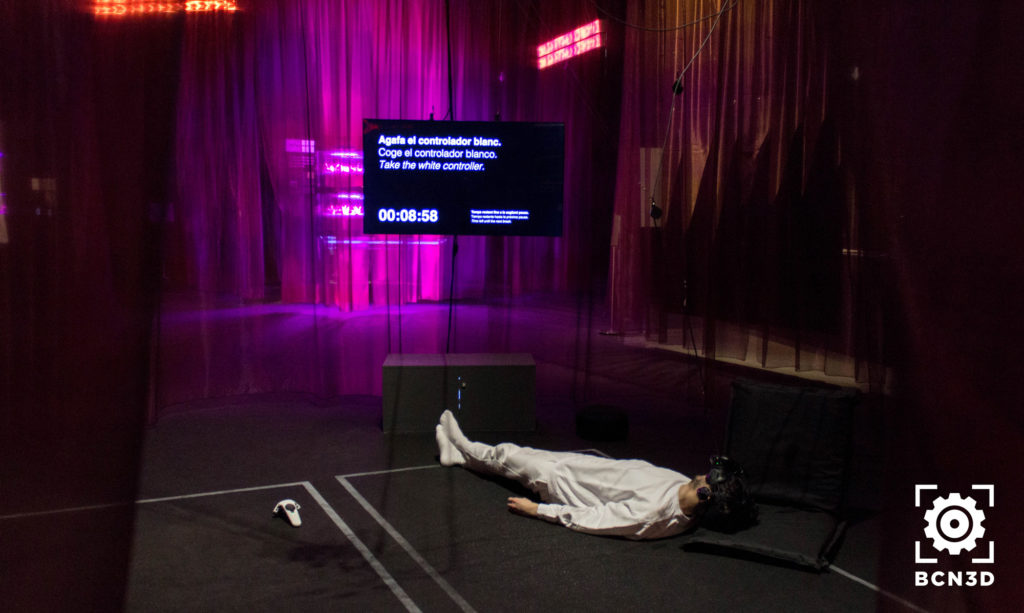
The design freedom 3D printing brings
The exhibition uses 3D printing technology to create some of the pieces that can be found throughout. DDS has long been committed to the use of 3D printing to revolutionize their workflow, as was the case in their Timekeeper project in collaboration with Spotify. Since DDS is a start-up from Barcelona that researches new communication formats using data, additive manufacturing enables them to bring unique designs with complex geometries to life. Undoubtedly, 3D printing can also provide agility and speed in the manufacture of end-use products, to drastically reduce project time and costs.
The only restriction is imagination
One of our favourite installations in the exhibition is a robot named Death Inc. The entire structure of this piece was printed in 3D using BCN3D Sigma and Sigmax printers.
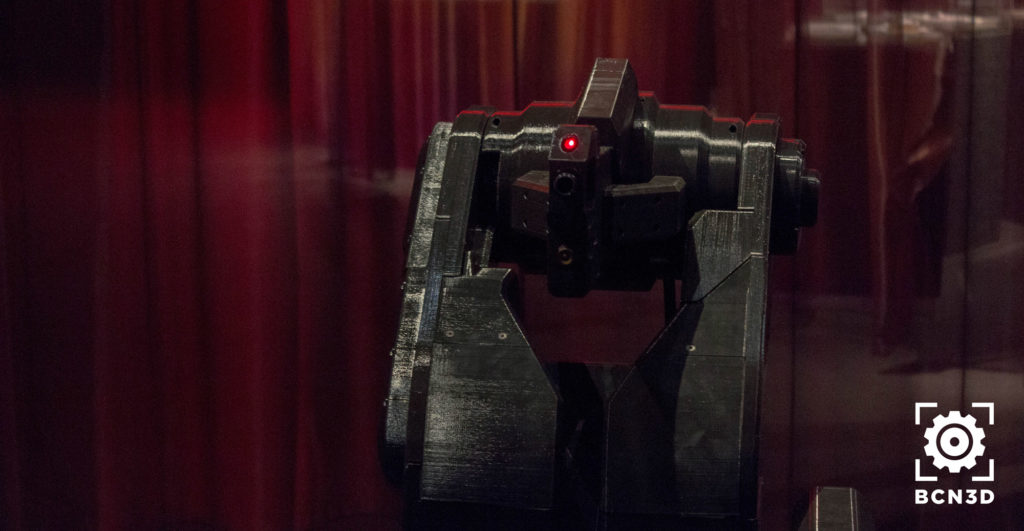
When a visitor approaches, the robot is activated and traces their path with a laser pointer, while turning on a 360° axis. This piece is intended to provoke the question of whether automation is moral. It incorporates ethical issues such as the design of autonomous weapons being able to make decisions without human operation.
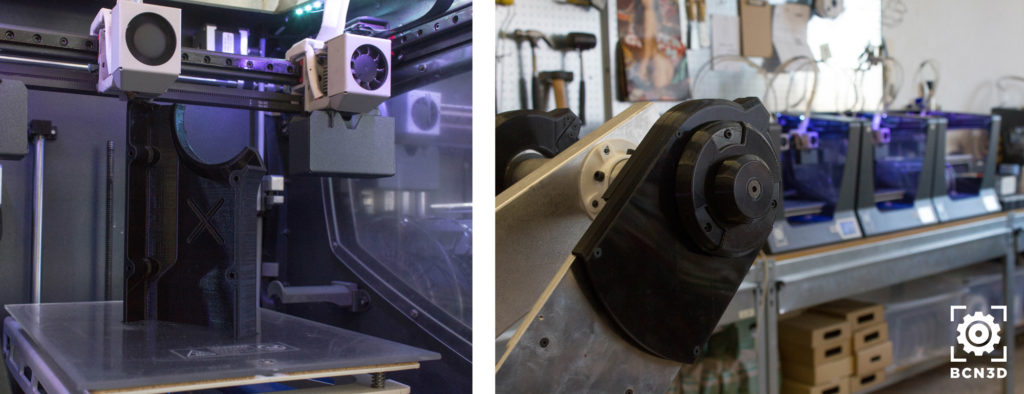
This exhibition fulfills its purpose of asking though-provoking questions – it’s got us thinking about the potential moral and ethical implications of 3D printing. Now that anyone with a 3D printer has the tools to print whatever they like, we should be asking ourselves what impact this may have in the future…
Entry to the Design Does* exhibition, which will be on until Saturday 19th May, is free of charge.


